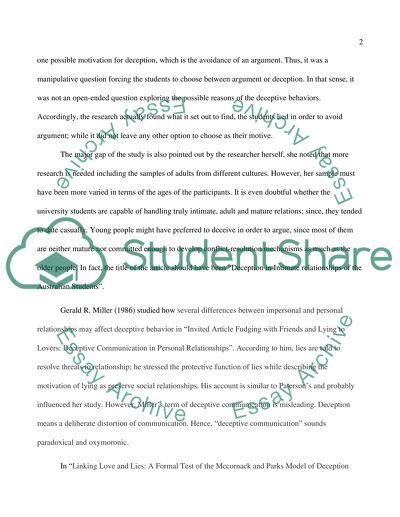Cite this document
(“Deception in Romantic Relations Dissertation Example | Topics and Well Written Essays - 2500 words”, n.d.)
Retrieved from https://studentshare.org/family-consumer-science/1411903-deception-in-romantic-relations
Retrieved from https://studentshare.org/family-consumer-science/1411903-deception-in-romantic-relations
(Deception in Romantic Relations Dissertation Example | Topics and Well Written Essays - 2500 Words)
https://studentshare.org/family-consumer-science/1411903-deception-in-romantic-relations.
https://studentshare.org/family-consumer-science/1411903-deception-in-romantic-relations.
“Deception in Romantic Relations Dissertation Example | Topics and Well Written Essays - 2500 Words”, n.d. https://studentshare.org/family-consumer-science/1411903-deception-in-romantic-relations.


